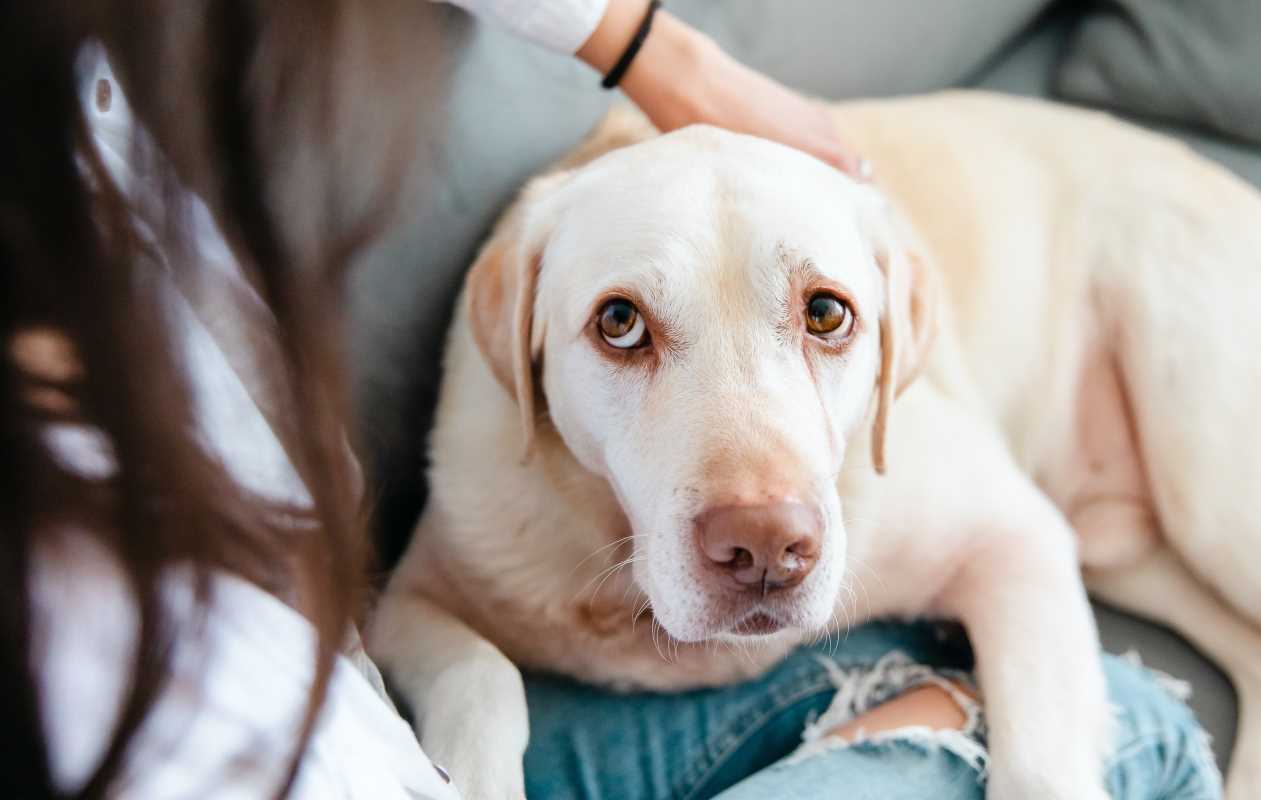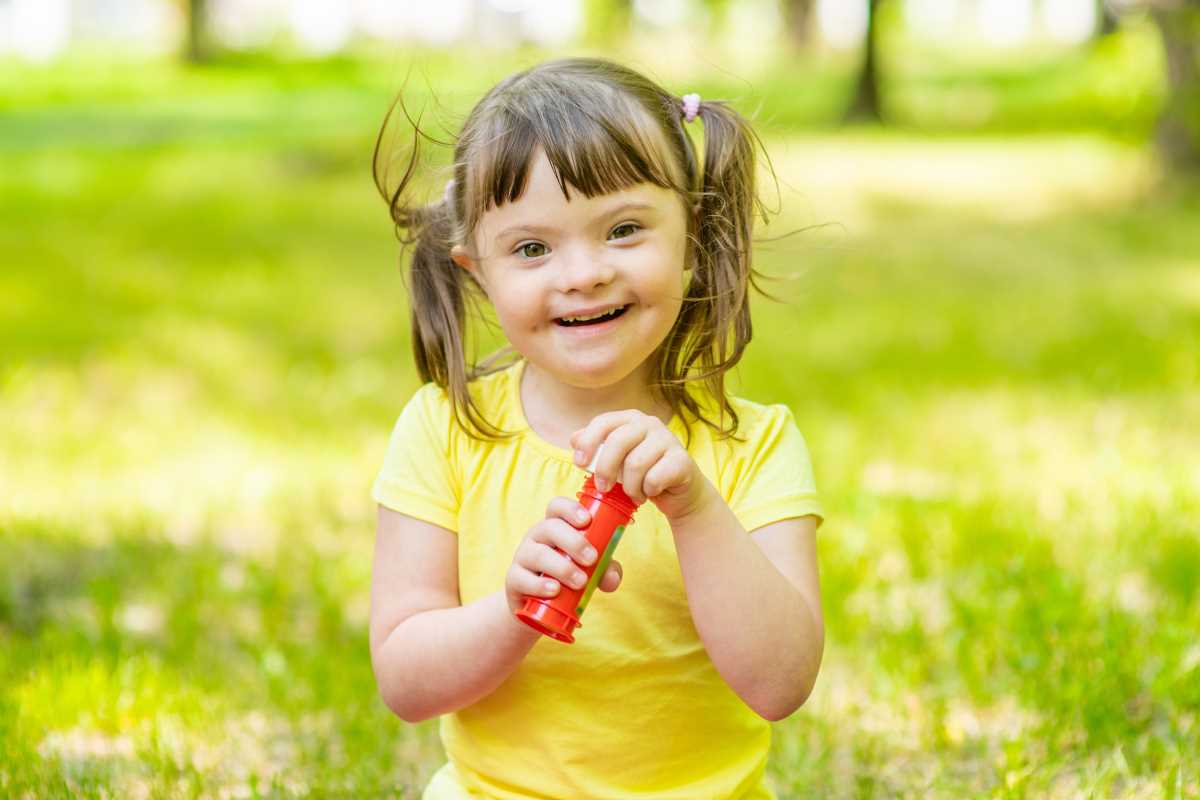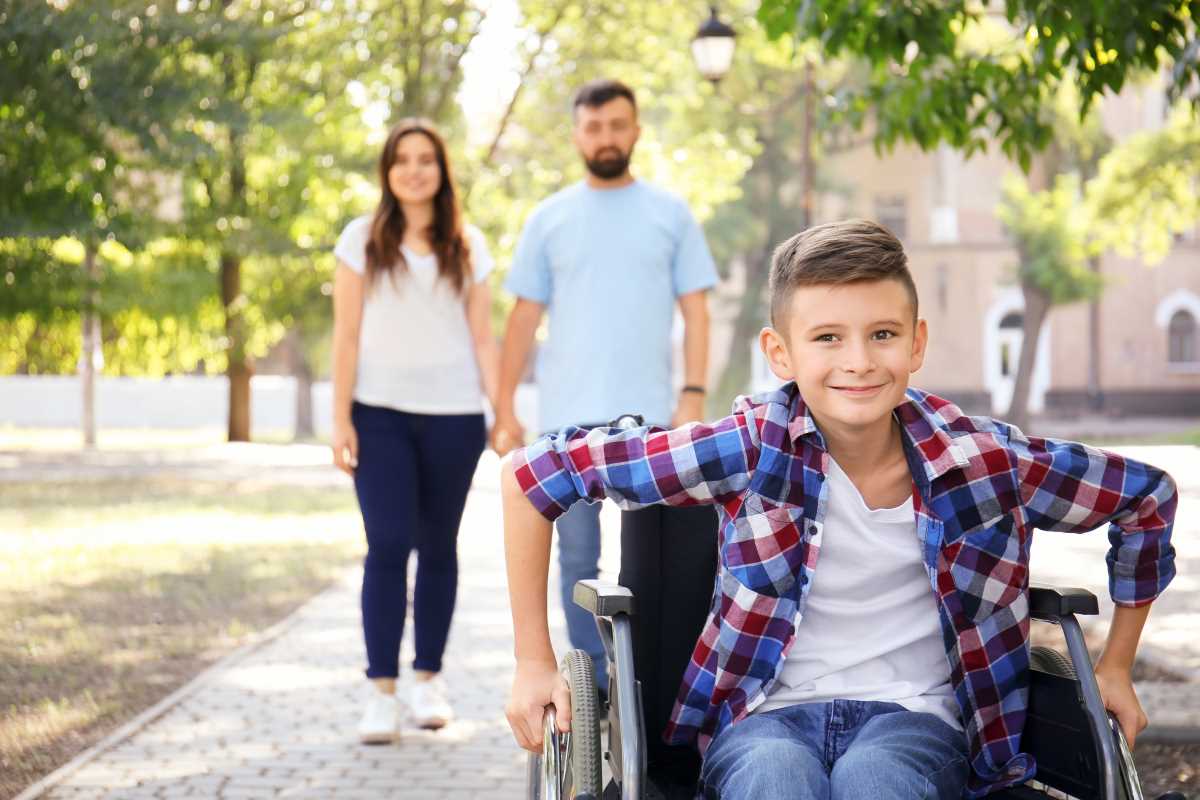For children with anxiety disorders, the world can often feel overwhelming. Things that might seem simple to others, like going to school or meeting new people, can feel like monumental challenges. For families searching for ways to ease their child’s anxiety, therapy dogs have become a heartwarming and effective solution. These specially trained dogs offer more than just companionship; they can provide emotional support, reduce stress, and help children develop coping skills.
This article will explore how therapy dogs help children with anxiety, the benefits they provide, and practical advice for families considering this option. Whether you’re a parent, caregiver, or just interested in the topic, understanding the impact of therapy dogs can open up new possibilities for reducing anxiety in children.
What Are Therapy Dogs?
Therapy dogs are specially trained animals that provide comfort and support to people in need. They differ from service dogs, which are trained to perform specific tasks for individuals with disabilities. Therapy dogs are focused on providing emotional relief in various settings, such as schools, hospitals, or homes.
While a service dog typically works one-on-one with their owner, therapy dogs may visit a variety of people. However, some families choose to bring a therapy dog into their child’s daily life to provide consistent emotional support.
These dogs are known for their calm, friendly, and intuitive nature. Breeds like Golden Retrievers and Labrador Retrievers are commonly trained as therapy dogs, but any breed with the right temperament can take on the role.
How Therapy Dogs Help Children With Anxiety
For children with anxiety disorders, therapy dogs do much more than just wag their tails. They are trained to assist in several ways that specifically address issues caused by anxiety.
1. Providing Emotional Comfort
Therapy dogs are experts at soothing frayed nerves. Their presence alone can have a calming effect on children, especially during stressful moments. Stroking the dog’s fur or hugging them can reduce physical symptoms of anxiety, such as a racing heart or tense muscles. Dogs have an incredible ability to make children feel safe and grounded in the present moment.
2. Interrupting Panic Attacks
When a child experiences a panic attack, it can be difficult to bring them back to a calm state. Therapy dogs are trained to recognize signs of anxiety or distress, such as shallow breathing or pacing. They may gently nudge the child, place their paw on them, or lie close to them to provide comfort. These actions can interrupt a panic attack and help the child refocus on their surroundings.
3. Encouraging Social Interaction
Many children with anxiety struggle with social situations. Therapy dogs can act as a bridge, making social interactions less intimidating. For example, children may feel more comfortable talking to others while holding the leash or introducing their furry companion. This can help build their confidence in connecting with peers.
4. Creating Routine and Stability
Caring for a therapy dog creates predictable routines, such as feeding, walking, or grooming the dog. For kids with anxiety, having structured activities provides a sense of stability and control. These daily tasks can also help children focus on something positive, rather than on their worries.
Benefits of Therapy Dogs for Children With Anxiety
The bond between a child and a therapy dog fosters numerous benefits beyond immediate anxiety relief. Here are some of the key advantages:
Emotional Benefits
- Reduced stress levels: Spending time with a therapy dog can lower cortisol (the stress hormone) and increase oxytocin (the “feel-good” hormone), promoting relaxation.
- Improved emotional regulation: With the calming presence of a therapy dog, children may find it easier to manage their emotions during difficult situations.
- Boosted self-esteem: Therapy dogs provide unconditional love and acceptance, which helps children feel more valued and confident.
Physical Benefits
- Lowered blood pressure: Studies have shown that interacting with dogs can lower blood pressure and heart rate, reducing physical symptoms of anxiety.
- Encouraged physical activity: Playing fetch, walking, or running with a therapy dog encourages exercise, which is also proven to reduce anxiety.
Social Benefits
- Ease in social settings: Therapy dogs can make social scenarios feel less daunting, helping children engage with others in a more relaxed way.
- Shared responsibility: If your child interacts with a therapy dog during group therapy or at school, they learn about teamwork and cooperation while taking care of the animal.
Developmental Benefits
- Enhanced coping skills: With the therapy dog’s support, children can practice and strengthen their ability to face anxiety-inducing situations.
- Improved focus: Therapy dogs can help children refocus their minds, particularly during overwhelming experiences or tasks like schoolwork.
Practical Advice for Families Considering a Therapy Dog
If you’re thinking about introducing a therapy dog into your child’s life, there are some important considerations and steps to keep in mind.
Assess Your Child’s Needs
Reflect on how a therapy dog might fit into your child’s personality and anxiety challenges. Some questions to ask include:
- Would your child feel comforted by a dog’s presence?
- Does your child enjoy being around animals?
- Could they take part in caring for the dog, even in small ways?
If your child has moderate to severe allergies or fears dogs, you may need to explore alternative forms of support.
Choose the Right Dog
Not every dog is suited for therapy work. Look for a dog with a calm, patient, and friendly temperament. Some families choose to adopt therapy dogs that have already been trained, while others work with organizations to find a dog that can undergo training for their specific needs.
Find a Professional Trainer
Professional training is crucial. Therapy dogs need to be able to remain calm in various environments and respond effectively to your child’s cues or stress signals. Look for trainers or organizations with experience in preparing therapy dogs for children with anxiety.
Prepare Your Home
Ensure your home environment is ready to welcome a therapy dog. Create a designated space for the dog with a comfortable bed, toys, and food dishes. Set clear rules and routines for the family to follow regarding the dog’s care.
Introduce the Dog Strategically
When first meeting the therapy dog, give your child as much control over the situation as possible. Allow them to decide if they want to approach the dog or take a more gradual approach. Building trust and rapport from the start is essential.
Combine Animal Therapy With Other Treatments
Therapy dogs can be a wonderful addition to your child’s overall treatment plan, but they’re not a cure-all. Continue working with therapists, counselors, or doctors to address your child’s anxiety through a combination of approaches.
Building a Lifelong Bond
The bond between a child and their therapy dog is truly special. For many families, the support and comfort provided by these incredible animals go beyond alleviating anxiety. Therapy dogs often become trusted companions, helping children feel safer and more confident in their everyday lives.
By incorporating a therapy dog into your child’s support system, you’re not only giving them a way to manage their anxiety but also introducing a source of joy, connection, and unconditional love. With the right preparation and guidance, a therapy dog could become a life-changing addition for your family. Whether it’s through wagging tails, warm snuggles, or playful energy, therapy dogs help children face challenges with courage and hope.
 (Image via
(Image via





